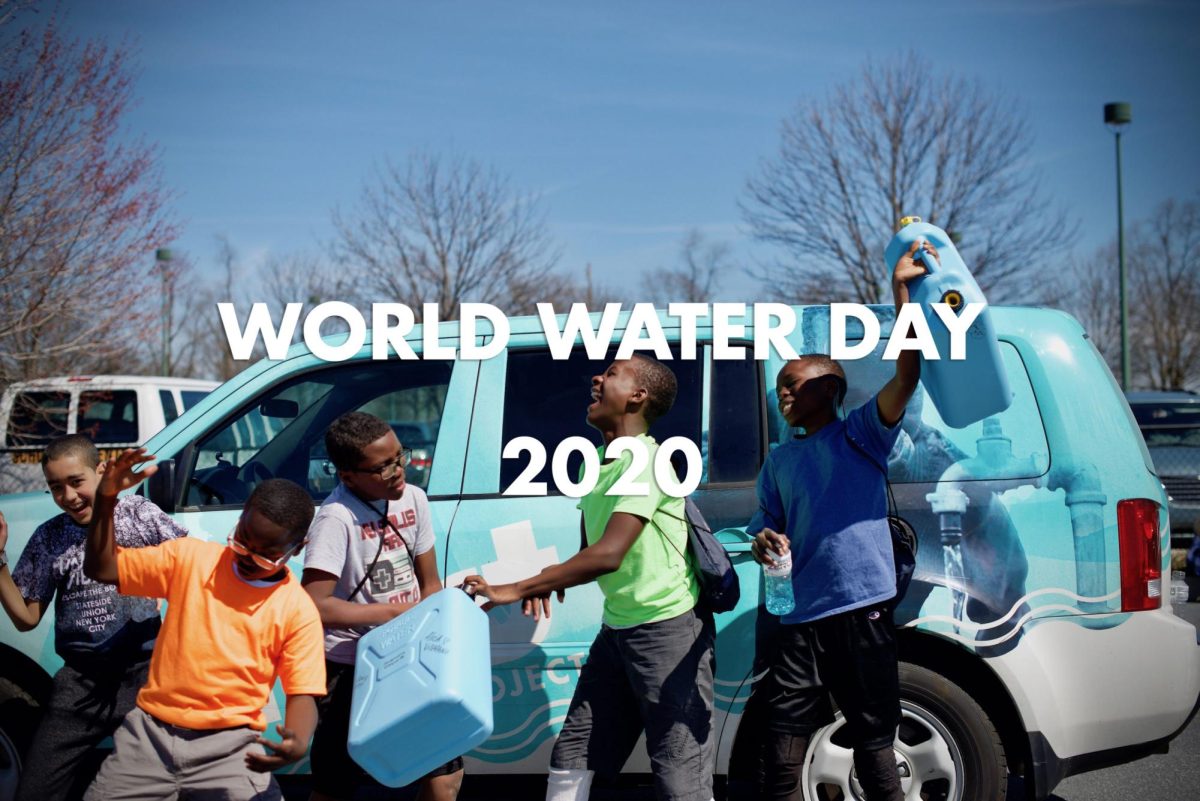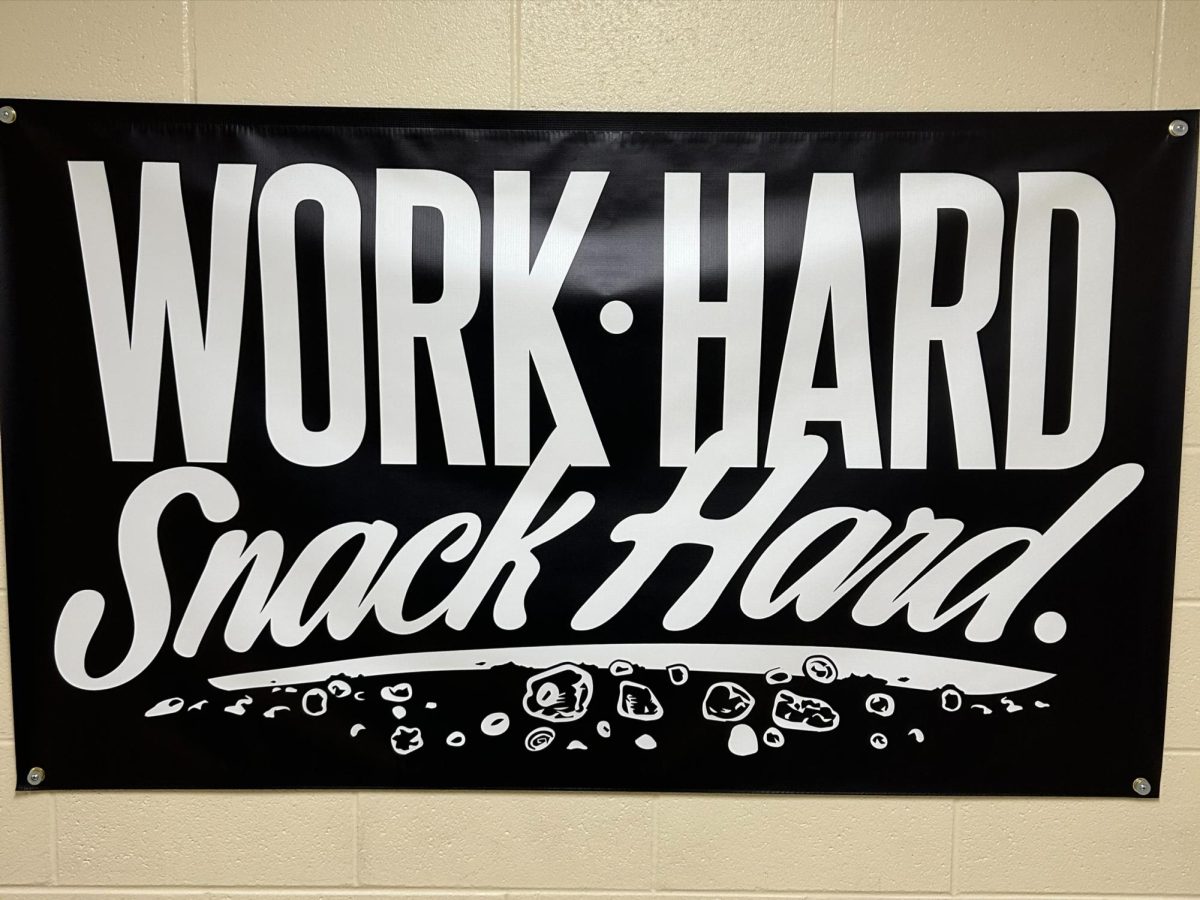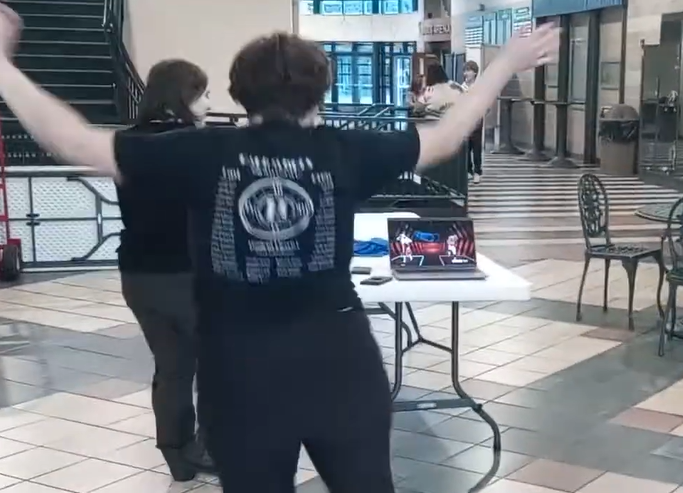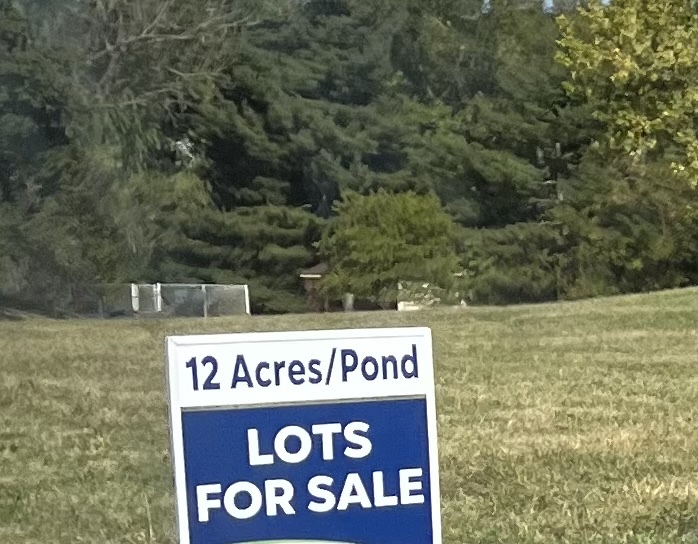If you looked at Harrison over 30 years ago, around the time when most students’ parents were still in school, it would be barely recognizable from the Harrison we know today. You might be wondering, what all has changed? Has Harrison always been a bustling suburb with a store around every corner?
Looking back in the 80s and 90s, Harrison used to be a largely rural area, with farmland covering the majority of the town. Aside from McDonalds and Kmart, there weren’t many large businesses around. As the years passed and more people moved in, Harrison required more people to help their businesses grow. With most of Harrison’s land being empty farmland, it was convenient for any corporation to build there. Overtime, the rural atmosphere of Harrison started to slowly disappear.
While this growth is good for business, many citizens have voiced their complaints saying things like they “don’t want Harrison to become the next Colerain” or that they “miss seeing all the farmland.” Recently, with the new subdivision off of Edgewood and the seemingly constant news of a new business, many people miss the times when Harrison was considered the country.
Another concern that has emerged from the growing city is the crowded schools, due to all of the new houses being built. Even with the three-elementary system they’ve been using for the last few years, the high school and junior school are still barely containing the numerous students with the vast increase in student body each year. Last year, Southwest Local School District welcomed their largest student enrollment with over 4600 students, and anyone who has been to the halls of the Junior or High School knows that any room in the hallways is nonexistent.
With this record-breaking number of students, many people have brought up the possible idea of a new high school, along with an expansion to Crosby Elementary. Getting this funded by the taxpayers won’t be easy, and getting the city to slow growth is also a simple task, considering their main focus is on building new homes in the area. But new homes just means more people are going to be attending Harrison schools, which makes the overcrowding problem even bigger. The school district anticipated this growth while building the last buildings, and attempted many times to convince the state to let us build bigger schools, but they refused the request to amend the growth projections that would have allowed us to build larger schools. Because the state was co-fund the schools and providing almost a third of the funding, the district was locked into building schools based on the state’s co-funding formula.
With the city not seeming to want to slow growth to let infrastructure and schools catch up, these issues are only going to get bigger and bigger–just like the population. Whether for better or worse, Harrison is changing, and it’s changing faster than we think.




























